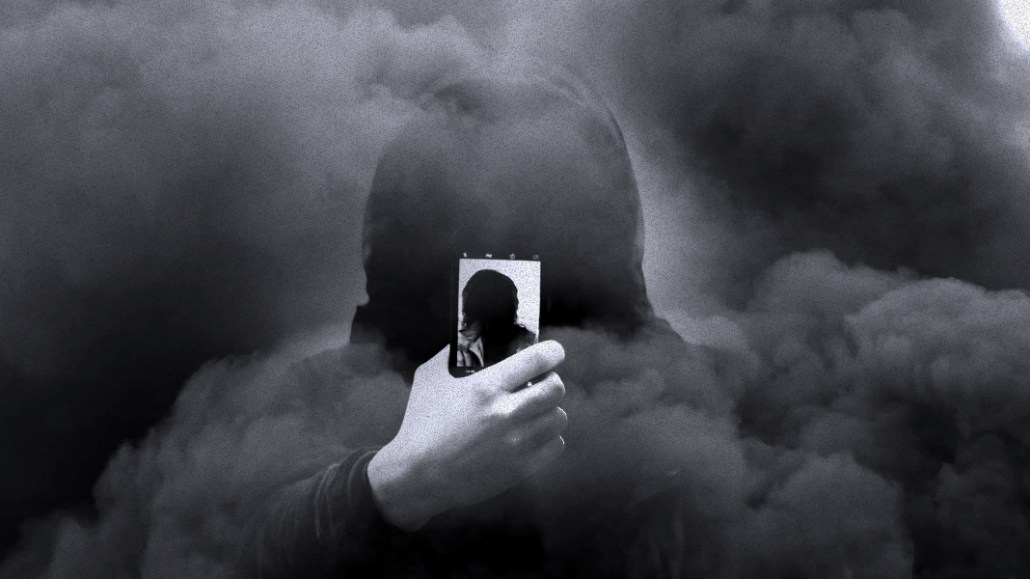Insights from CTV leaders at Dentsu, Horizon Media and more
Brand-safety concerns are making influencer marketing more expensive

Brand-safety concerns are driving brands to ask more of their influencer marketing agencies — and that’s coming with a cost.
Influencer agencies usually include content reviews, also called brand-safety approvals or checks, within the overall package of a campaign when presented to clients, but say they don’t charge clients extra for those services.
But these agencies have to pay influencers more for their extra work, which inflates the price of an overall campaign. If a company asks an influencer to deliver one set of photos, for instance, and then decides to have them redo those photos after a content review, that influencer is going to spend much more time on the campaign.
While influencer agency Fohr does not charge clients for content reviews, or approvals as it calls them, the price of an influencer campaign increases if a client wants them. According to James Nord, founder of Fohr, an influencer will raise their price or choose not to accept a campaign if they see that a company wants approvals before, during or after content is posted because, simply put, campaigns that ask for more content reviews or approvals take an influencer much longer than ones without.
“For influencers, the approval process can be time-consuming and can mean reshoot requests,” Nord said. “Generally an influencer will pad their pricing to accommodate for this.” Nord said campaigns cost about 25 percent less for non-approval campaigns.
Mae Karwowski, founder CEO of influencer agency Obviously, which works with companies like Sephora and Lyft, said because of client demand for more content reviews, influencer campaigns are often twice as expensive as they would be otherwise.
“We sometimes double the price but pass that on to the influencer because it’s so much more work,” said Karwowski. “Sometimes brands don’t understand how long it takes to edit a video, so we try to compensate them.”
It’s also a time-consuming process for agencies, and that can factor into the overall price of a campaign. Nord said approval campaigns generally need three times more hours to complete. He gave an example: If a campaign requires 100 influencers, and each influencer provides three options for posts and creates six Instagram Stories as well, that comes out to 1,200 pieces of content agency employees have to examine.
As content reviews have been taking up more time, Fohr recently switched from using Google Docs to a new computerized system so they can be done more efficiently. Obviously is trying a tiered approach to charging for content reviews and charging clients more for each round of revision they want to make on a campaign.
Influencers, knowing the work ahead, are also less enthusiastic about accepting campaigns that come attached with content reviews. “On our no-approval campaigns, we are seeing campaign acceptance rates that are dramatically higher and faster than campaigns with approvals,” said Nord.
But despite the price, companies are demanding content reviews more than ever. Karwowski said that out of the agency’s 150 clients, about 45 are now calling for content reviews, up from about 15 from a year ago. At Fohr, 63 out of the 79 campaigns it is currently running require content reviews.
The number of brands calling for more content reviews for their influencer campaigns began growing after Unilever CMO Keith Weed announced at Cannes in June that the company would no longer work with influencers who buy followers, according to several influencer agencies. It was also this announcement that inspired influencer agencies like Fohr and Collective Bias, an Inmar company, to begin charging clients based on post impressions rather than influencer follower counts. Weed’s comments were propelled by brand-safety concerns on social platforms like YouTube.
“After the many brand-safety violations across the digital landscape, assuring proper placement and messaging has become a top priority for advertisers,” said Paul Kontonis, chief marketing officer at influencer marketing agency Whosay.
There’s also a general uptick in the number of brands interested in influencer marketing, and a realization that brands have to pay to get the quality control they want. Karwowski said that even with micro-influencers, brands are calling for more lengthy reviews because campaign briefs are getting more complex. “Not only will a piece of content a micro-influencer creates appear in their news feeds, but it also might appear on a brand’s website,” she said. “So content reviews are that much more important.”
“The stakes are higher,” said Nord. “Years ago influencer campaigns were an afterthought and the scale wasn’t such that a small mistake could cause huge problems. That is no longer the case and with additional budget, comes additional expectations, comes additional scrutiny and care paid to reviewing the content the brand is paying for.”
More in Marketing

Retail media’s mid-2025 reality: Why advertisers are going all in on full-funnel
Retail media’s meteoric rise may finally be leveling off — and that’s forcing advertisers to take a harder look at what they’re getting for their money.

TikTok might be working on a standalone U.S. app, but marketers aren’t sold on the idea – yet
TikTok is developing a lifeboat for its American business, but media buyers are wary of advertising implications.

Bold Calls for the back half of 2025
Now’s a good moment as any to take stock —and make a few bold calls about what’s coming next.







